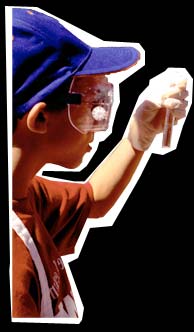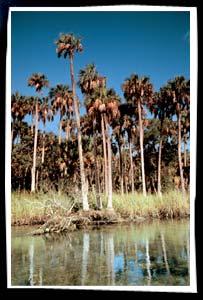
Introduction
You can’t tell much about the quality of water simply by looking at it; most pollutants are invisible to our eyes. And since water is such a vast network (made up of rivers, springs, creeks, swamps, estuaries, wetlands, lakes, bays, etc.), water quality can be difficult to test.
Explore the links above to find out more about the history of water testing, pollution, the different tools used to test water, and how you can get involved and even test the water yourself.

The Importance of Water Monitoring
Every living thing on earth needs water to survive. Human bodies are made up of more than 60 percent water! We use clean water to drink, grow crops for food, operate factories, and for swimming, surfing, fishing and sailing. Water is vitally important to every aspect of our lives. Monitoring the quality of surface water will help protect our waterways from pollution. Farmers can use the information to help better manage their land and crops. Our local, state and national governments use monitoring information to help control pollution levels. We can use this information to understand exactly how we impact our water supply and to help us understand the important role we all play in water conservation.
Water quality can be difficult to measure. Water is a vast network of branching rivers, springs, creeks, swamps, estuaries, wetlands, lakes, bays, etc. Each water body can contain dramatically different levels of pollution. Water quality issues influence human and environmental health, so the more we monitor our water the better we will be able to recognize and prevent contamination problems.
